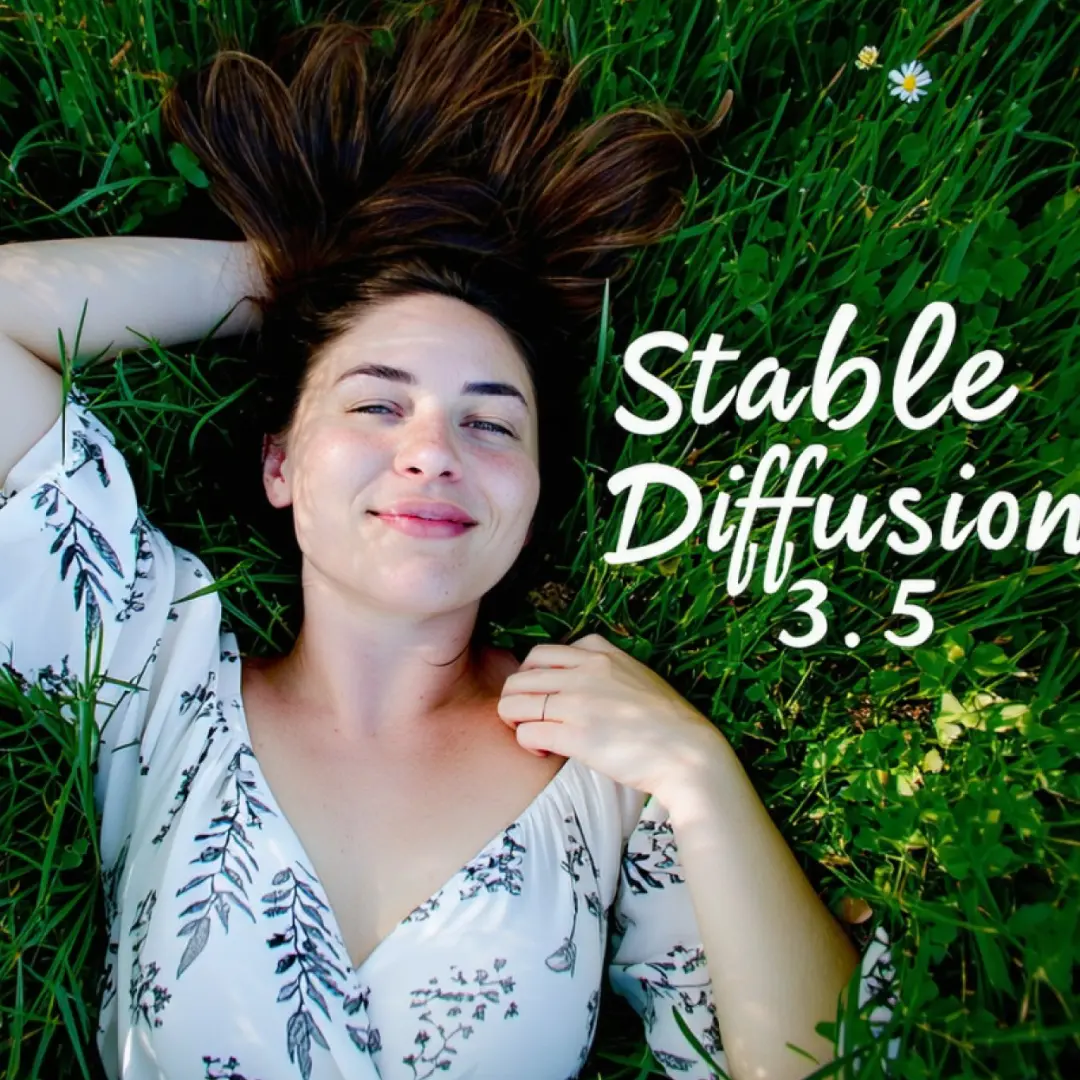ComfyUI Node: SDTurboScheduler
SDTurboScheduler
Categorysampling/custom_sampling/schedulers
ComfyAnonymous (Account age: 833days)Extension
ComfyUILatest Updated
2025-04-05Github Stars
73.39K
How to Install ComfyUI
Install this extension via the ComfyUI Manager by searching for ComfyUI- 1. Click the Manager button in the main menu
- 2. Select Custom Nodes Manager button
- 3. Enter ComfyUI in the search bar
Visit ComfyUI Online for ready-to-use ComfyUI environment
- Free trial available
- 16GB VRAM to 80GB VRAM GPU machines
- 400+ preloaded models/nodes
- Freedom to upload custom models/nodes
- 200+ ready-to-run workflows
- 100% private workspace with up to 200GB storage
- Dedicated Support
SDTurboScheduler Description
Optimizes AI art generation sampling with turbo scheduling for high-quality outputs using fewer resources.
SDTurboScheduler:
The SDTurboScheduler is a specialized node designed to optimize the sampling process in AI art generation. It leverages a turbo scheduling technique to efficiently manage the denoising steps, ensuring high-quality outputs with fewer computational resources. This node is particularly beneficial for artists looking to balance performance and quality, as it dynamically adjusts the sampling process based on the denoise parameter. By fine-tuning the denoising steps, the SDTurboScheduler helps achieve smoother transitions and more refined details in the generated images, making it an essential tool for enhancing the overall artistic output.
SDTurboScheduler Input Parameters:
model
This parameter specifies the model to be used for the sampling process. The model should be compatible with the node's requirements and is typically a pre-trained AI model designed for image generation tasks.
steps
This integer parameter determines the number of steps to be used in the sampling process. The number of steps directly impacts the quality and detail of the generated image. The minimum value is 1, the maximum value is 10, and the default value is 1. Increasing the number of steps generally results in higher quality images but requires more computational resources.
denoise
This float parameter controls the level of denoising applied during the sampling process. It ranges from 0.0 to 1.0, with a default value of 1.0. A higher denoise value results in less noise and smoother images, while a lower value retains more noise, which can sometimes be desirable for certain artistic effects. The parameter can be adjusted in increments of 0.01.
SDTurboScheduler Output Parameters:
SIGMAS
The output of the SDTurboScheduler is a tensor of sigma values, which are used in the denoising process. These sigma values represent the noise levels at each step of the sampling process, and they are crucial for achieving the desired balance between noise and detail in the generated images. The output tensor includes an additional zero value at the end to signify the completion of the denoising process.
SDTurboScheduler Usage Tips:
- Adjust the
stepsparameter to find the optimal balance between image quality and computational efficiency. More steps generally improve quality but require more processing time. - Experiment with the
denoiseparameter to achieve different artistic effects. Higher values will produce cleaner images, while lower values can add interesting noise textures. - Use a compatible model that is well-suited for your specific artistic goals to maximize the effectiveness of the SDTurboScheduler.
SDTurboScheduler Common Errors and Solutions:
RuntimeError: Expected all tensors to be on the same device
- Explanation: This error occurs when the tensors used in the sampling process are not all on the same device (e.g., CPU or GPU).
- Solution: Ensure that all tensors and the model are loaded onto the same device. You can check and set the device using PyTorch's
.to(device)method.
ValueError: steps must be between 1 and 10
- Explanation: This error is raised when the
stepsparameter is set outside the allowed range. - Solution: Adjust the
stepsparameter to be within the range of 1 to 10.
TypeError: denoise must be a float between 0.0 and 1.0
- Explanation: This error occurs when the
denoiseparameter is not a float or is outside the specified range. - Solution: Ensure that the
denoiseparameter is a float and set it within the range of 0.0 to 1.0.
SDTurboScheduler Related Nodes
RunComfy is the premier ComfyUI platform, offering ComfyUI online environment and services, along with ComfyUI workflows featuring stunning visuals. RunComfy also provides AI Playground, enabling artists to harness the latest AI tools to create incredible art.


